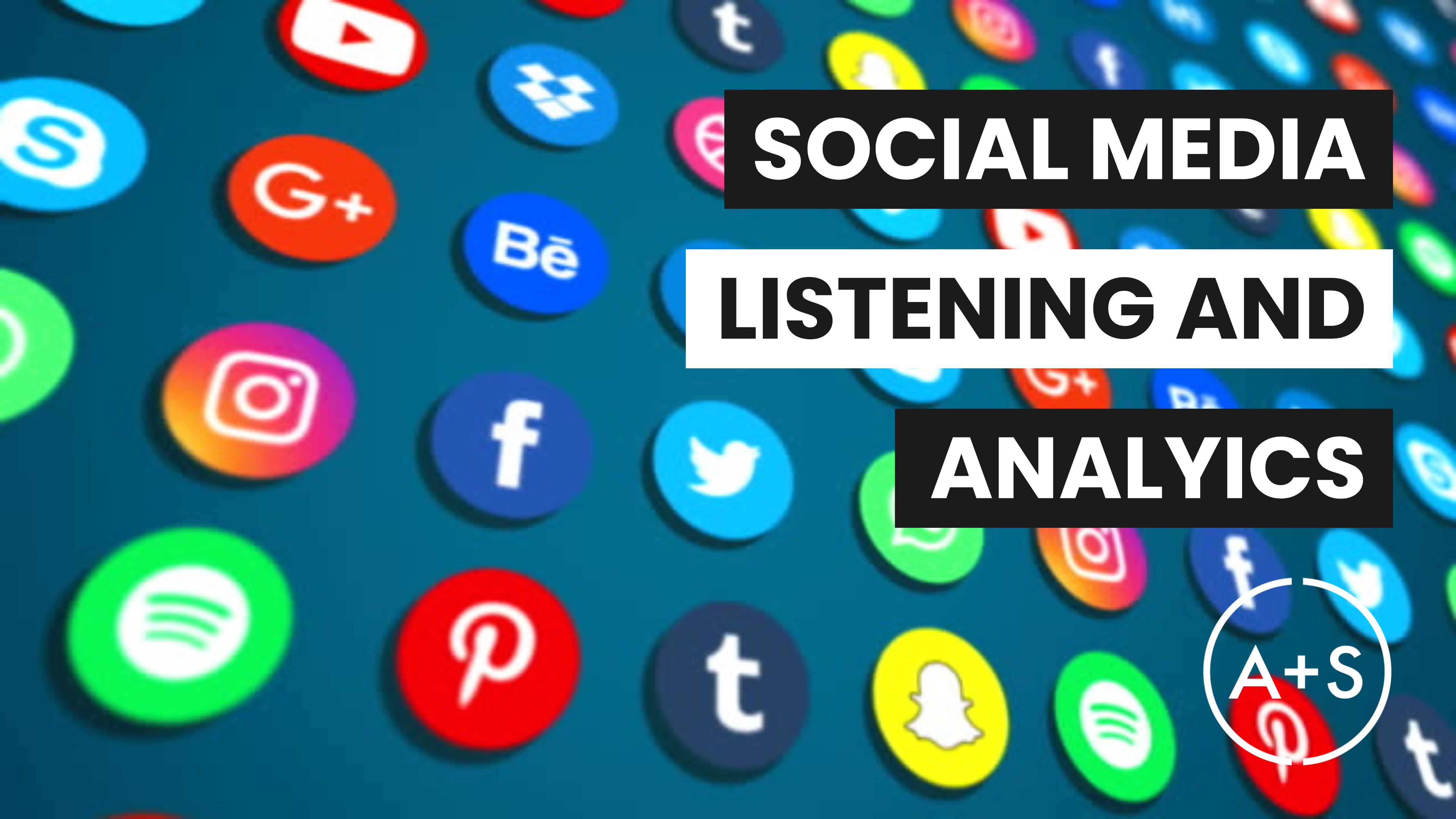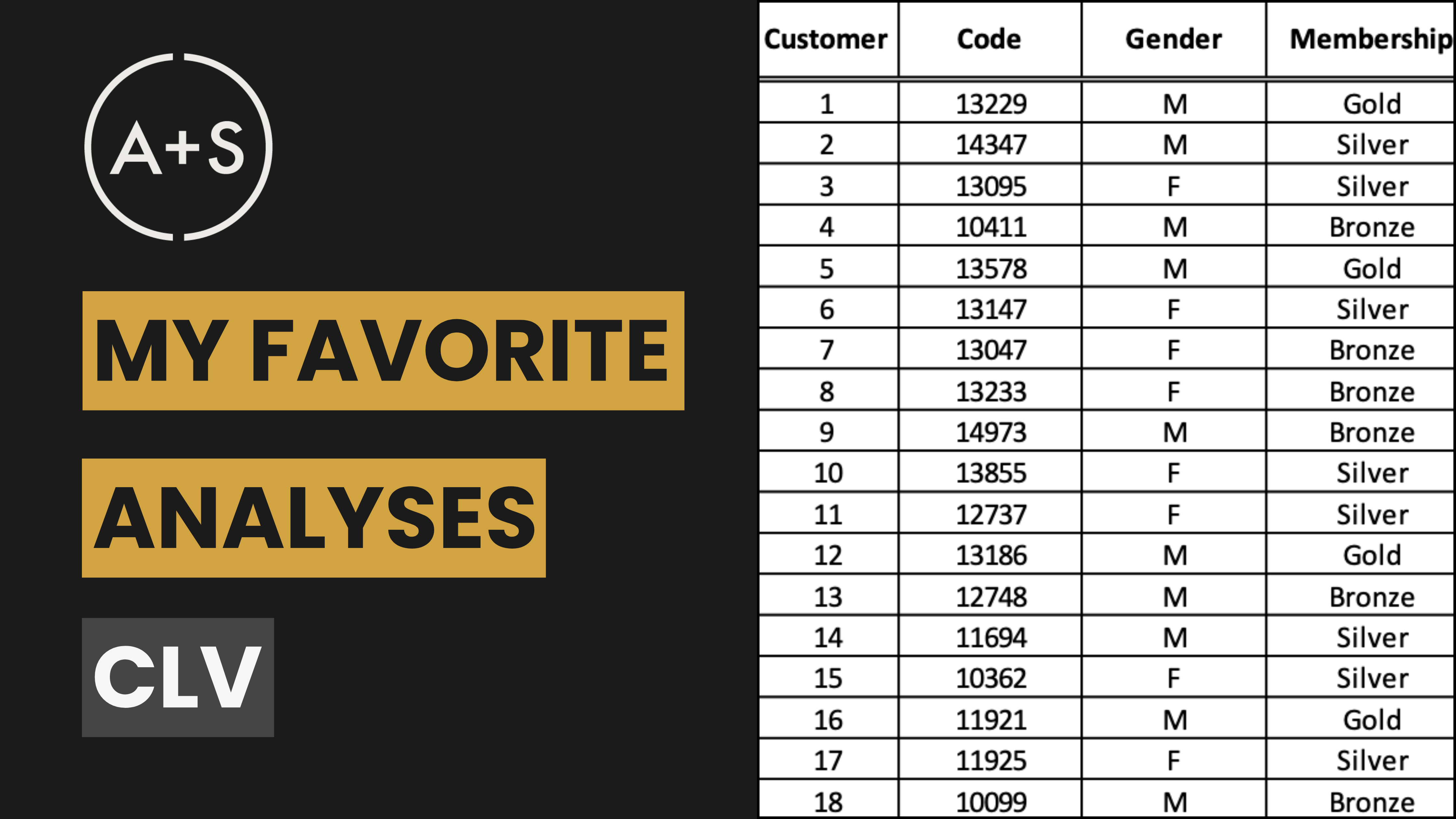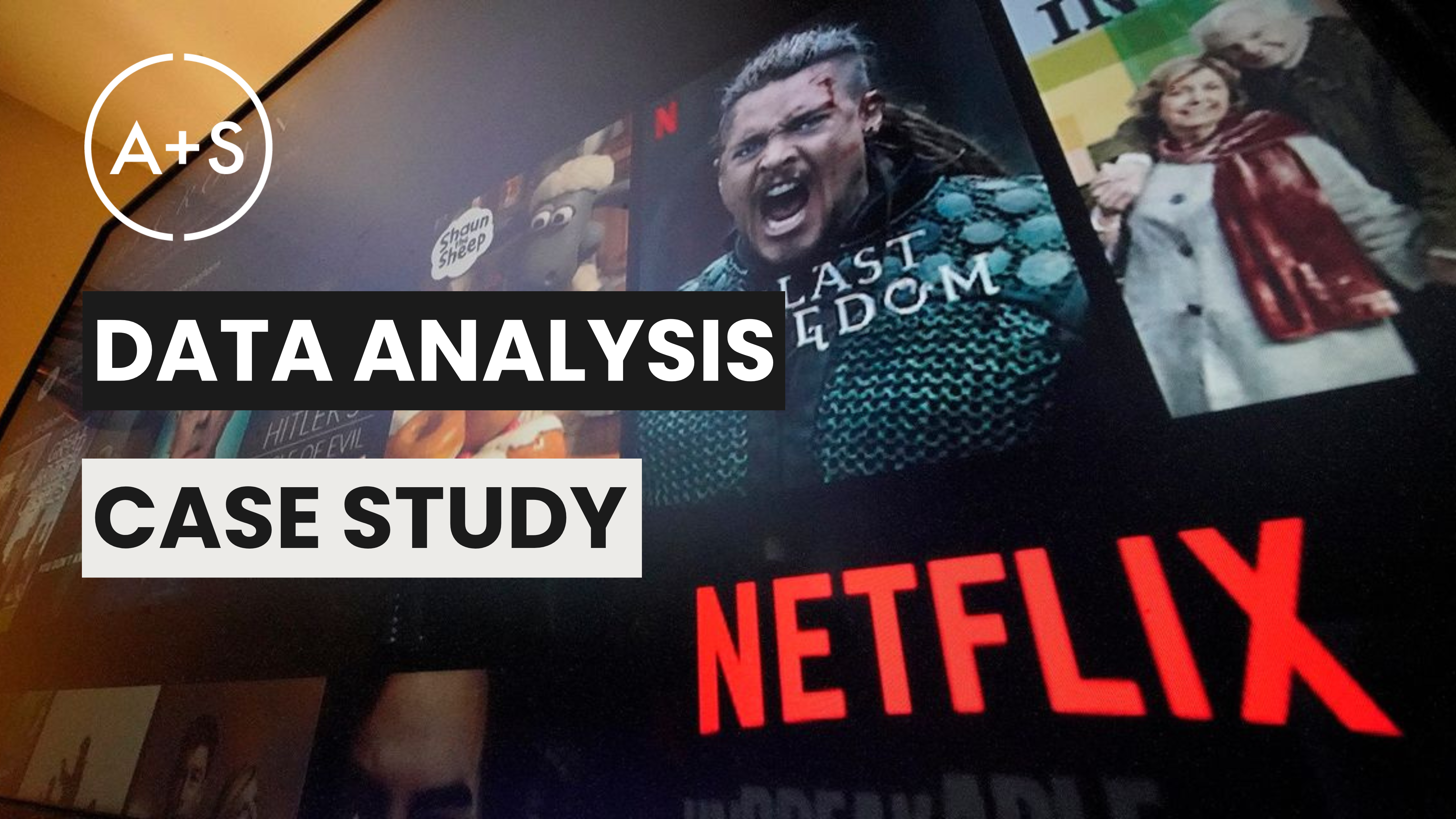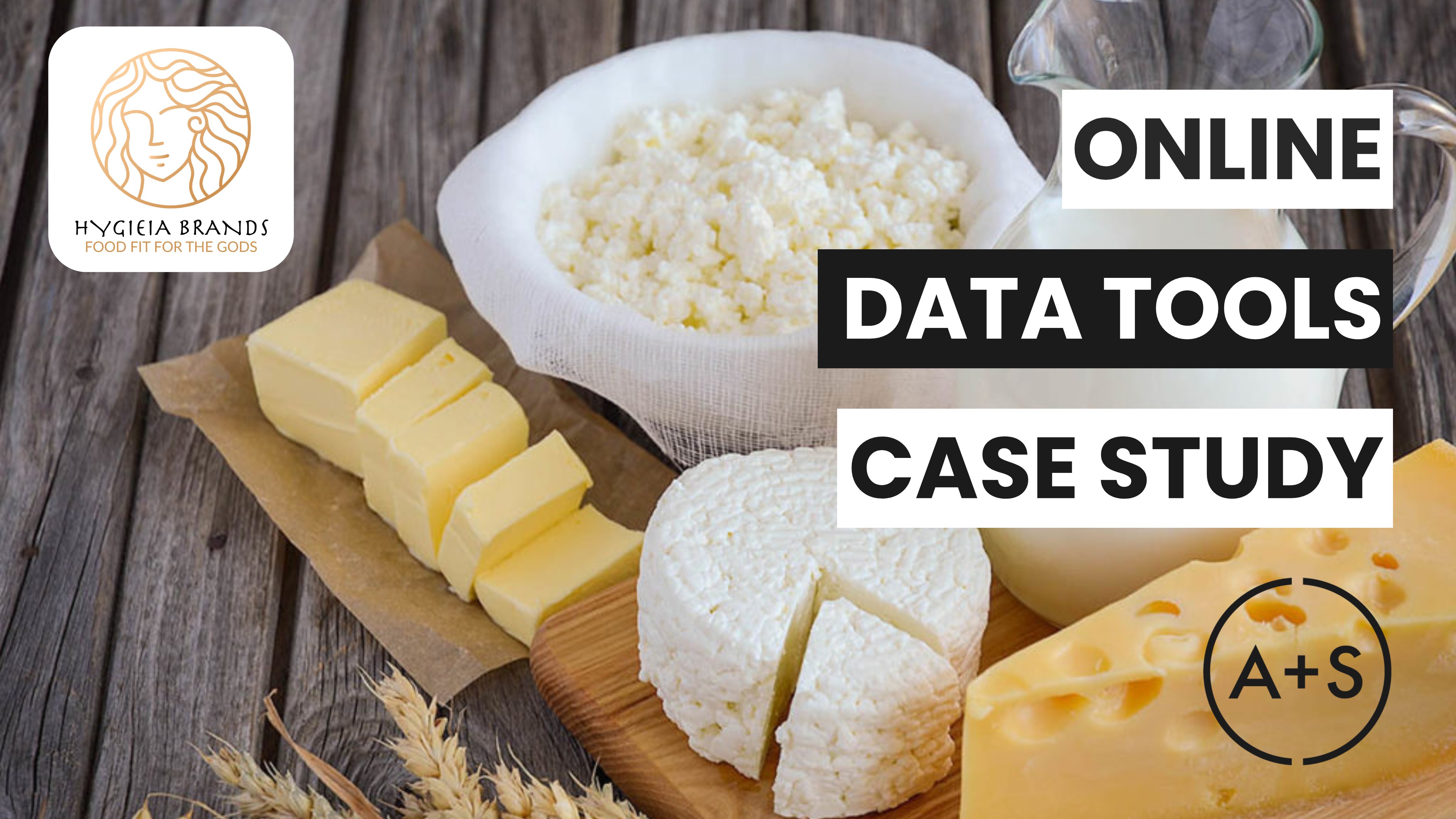It’s not an understatement to say that social media has revolutionized data analysis.
In the not too distant past, gaining insights about what people thought of your brand meant data analysts had to (1) draft a survey, (2) print the survey out on paper, (3) grab a clipboard, (4) head down to the local mall – yes, the mall – to talk to the active shoppers whose heightened sense of brand would give you the perspectives you were hoped to find.
Today? You hop on Facebook. Or Instagram, Twitter, Pinterest, Snapchat, etc. etc. etc. and read all the authentic, voluntarily-offered opinions about your brand you could ever want (as well as some you probably don’t want).
This access to consumers’ minds and hearts has opened a whole new world of insight for brands – when they know how to use the data they find. This is a huge topic, so for now we’ll hit the highpoints (but always feel free to reach out to me at kevin@artscience.ai if there are more nuanced questions you have about this topic).
Social media continues to redefine the business landscape. Today there are a staggering 5.0 billion social media users worldwide (that’s over 60% of the world’s population) according to Datareportal. Facebook leads as the primary platform, followed by Instagram, Pinterest, Twitter, Snapchat, and LinkedIn. Not surprisingly, each features niche demographics that help brands connect to specific audiences. Younger consumers flock to visual platforms like Instagram and Snapchat, while professionals can be found on LinkedIn. Video platforms like YouTube and TikTok have aggressively moved into the social space with a focus on short-form content and interaction through comments and shares.
Campaign Analytics: The Backbone of Strategic Decisions
Any brand that is at a stage where it invests in advertising simply must advertise on social media platforms. The massive size of social media means advertising on them is crucial for modern business success. They are simply the most effective way to reach targeted audiences at scale (especially when compared to the dying media that is cable TV).
By examining conversion metrics, companies can improve their marketing messages and campaign tactics. Popular tools like Sprout Social, Meltwater, and Hootsuite Analytics offer in-depth data, allowing businesses to determine which content is most effective in driving audience behaviors. This helps marketers maximize their Marking ROI by taking spend from under-performing platforms and giving it better performing platforms in near real-time.
The Art of Social Listening
But regardless of business size or stage, the biggest value a brand can earn from social media is the ability to measure its image and perception.
Through organic posts, comments, and advertisements, social media gives brands a distinct personality. The platforms serve as brightly-lit stages for brands to showcase their character and receive feedback from consumers, helping them shape and refine their image. Monitoring metrics related to engagement, mentions, and public sentiment allows brands to address concerns swiftly and capitalize on positive feedback.
This gives a brand the ability to strengthen its presence and credibility instantly. While the platforms have slowly reduced the usefulness of their publicly available social monitoring tools (I’m looking at you, Facebook Audience Insights) the aforementioned Sprout Social, et. al. and sites like Google Trends continue to be wellsprings of consumer perception data.
Listening To Ourselves: A Case Study
The most successful brands not only measure consumer engagement and sentiment, but also deeply analyze their own social media content.
When brands neglect to measure their own posts, they miss the opportunity to ensure that they are saying what they intended to say – something that doesn’t happen automatically. I’ve witnessed companies that were unhappy with their brand perception spend massive amounts of time and money delving deeply into why consumers felt the way they did, only to find that their own ads planted those unflattering thoughts in consumers’ minds in the first place.
My favorite example of this is an oldie but a goodie.
I was working with Taco Bell, which was rightfully obsessed with presenting its brand as something different from the quick serve burger barns that dominated the market. They viewed themselves as innovative, fun, against-the-grain. But our social media analysis revealed that people thought of them as a place for cheap, low quality food.
When we turned our listening tools on the ads and posts that came directly from the brand itself, the root cause of this perception was made clear. Two concepts dominated Taco Bell’s messaging: Late Night and Dollar Menu. In other words: Come buy what is leftover after the daytime rush and don’t spend a lot.
Fixing the way Taco Bell misrepresented their brand ideals gave way to the Live Mas creative platform and more emphasis on healthy food options. Thanks to a more comprehensive use of social media listening, Taco Bell has enjoyed massive growth and a brand image that is intentional and reinforced.
Upcoming Trends and Predictions
Looking ahead, the integration of AI and machine learning in social media analytics will only increase the importance of social media listening and analysis. We’ll be able to collect more data more quickly. We’ll enjoy more accurate sentiment analysis as Natural Language Processing continues to evolve. Brands will use AI to complement human creativity and produce messages that are always on-point. All thanks to the power of social media listening (and without ever having to visit a mall).




